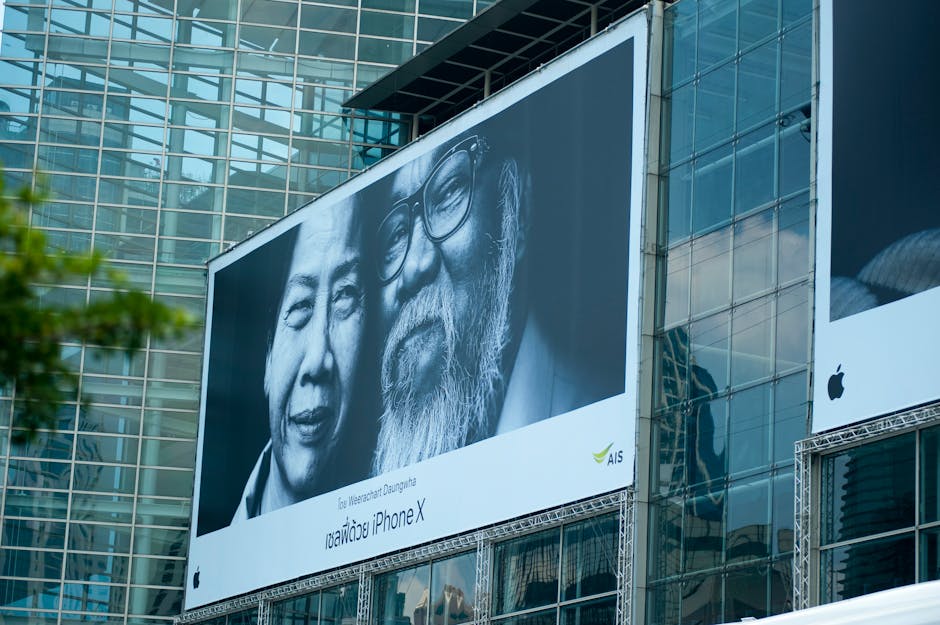In the world of advertising, where creativity and persuasion intertwine, a fine line separates brilliance from utter absurdity. While some ads captivate audiences with their wit and charm, others leave them scratching their heads in bewilderment. Join us as we explore the spectrum of advertising, from the sublime to the downright ridiculous.
**The Power of Persuasion**
At its best, advertising can be a force for good. It can educate consumers about new products, promote healthy habits, and even inspire social change. Who can forget the iconic "Just Do It" campaign by Nike, which ignited a global fitness revolution? Or the "Think Different" ads by Apple, which celebrated the power of innovation? These campaigns not only sold products but also left a lasting impact on our culture.
**When Ads Go Wrong**
However, for every successful ad campaign, there are countless others that fall flat on their faces. Sometimes, the message is so poorly conveyed that it leaves audiences confused or even offended. Take, for example, the infamous "Got Milk?" campaign, which featured celebrities with milk mustaches. While it was intended to promote milk consumption, some critics argued that it trivialized the issue of child hunger.
**The Art of Self-Parody**
Some advertisers have a knack for poking fun at themselves and their industry. One such example is the "Dumb Ways to Die" campaign by Metro Trains in Australia. This series of animated ads features a variety of characters meeting untimely demises in bizarre ways, all to the tune of a catchy jingle. By embracing the absurdity, the campaign became a viral sensation and effectively reminded people about the importance of rail safety.
**The Ridiculously Awful**
Of course, no discussion of advertising mishaps would be complete without mentioning the truly awful. These are the ads that make us cringe, laugh out loud, or question the sanity of the marketers who created them. From the infamous "HeadOn: Apply Directly to the Forehead" commercial to the bizarre "SodaStream: Love Your Water" ad featuring a talking dumpster, these gems will forever be etched in the annals of advertising history.
**The Importance of Targeting**
One of the key challenges in advertising is reaching the right audience with the right message. When targeting goes wrong, the results can be both embarrassing and ineffective. Remember the "My Pillow" infomercial that featured Mike Lindell, the former CEO of the company, rambling about conspiracy theories and election fraud? By alienating potential customers, the ad did more harm than good.
**The Future of Advertising**
As technology advances, so too does the landscape of advertising. From personalized ads tailored to our individual interests to immersive experiences that blend the real and virtual worlds, the future of advertising is both exciting and uncertain. One thing is for sure: there will always be a place for creativity, humor, and the occasional epic fail.
**The Takeaway**
Advertising is a powerful tool that can inform, inspire, and entertain. However, it is important to use this power responsibly and to avoid falling into the traps of bad taste, confusion, or self-parody. By embracing creativity, respecting our audiences, and targeting our messages effectively, we can create advertising that is both effective and unforgettable.
